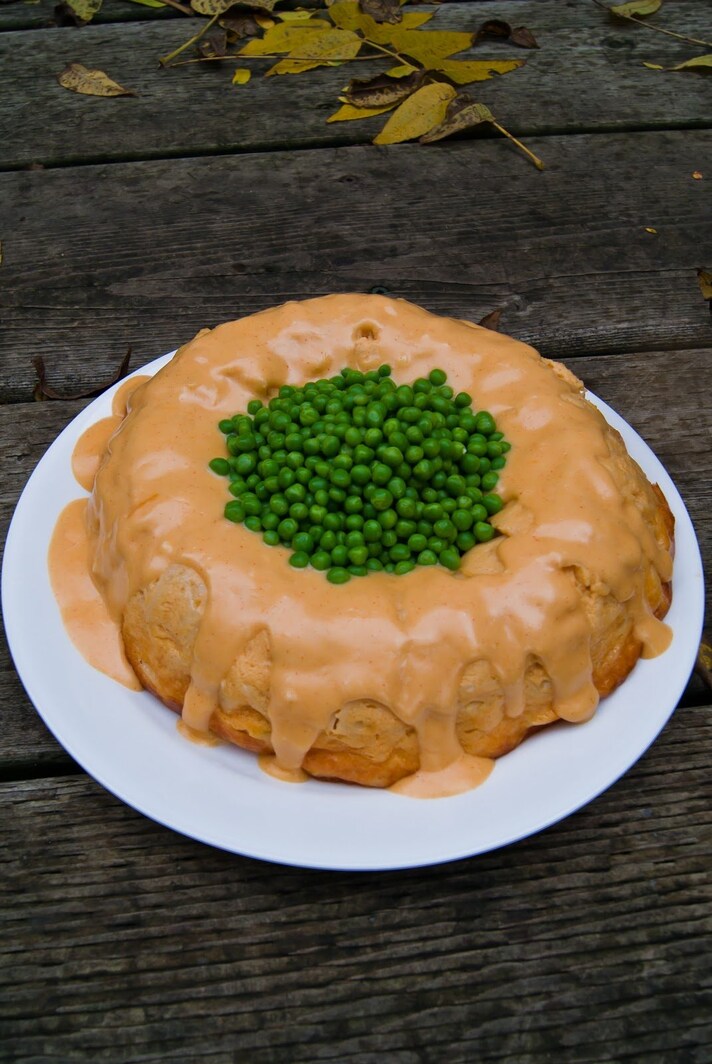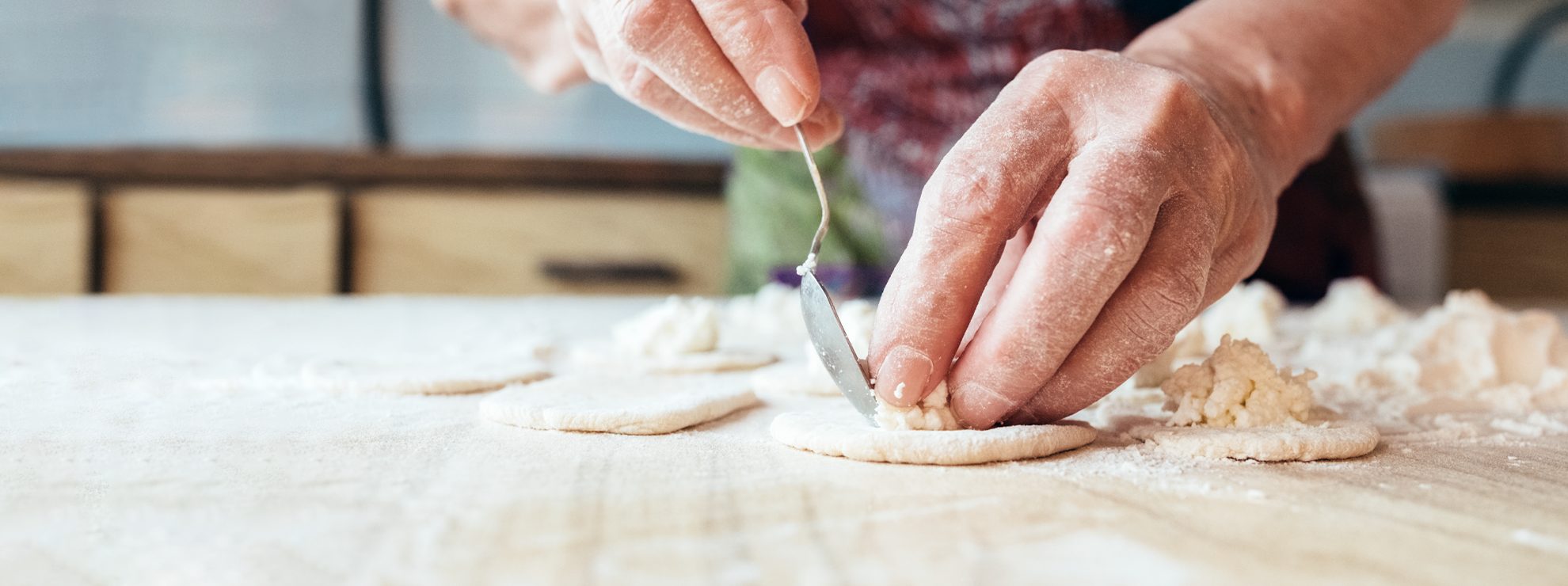
In the world of quirky, retro recipes, few can compete with the noodle ring. You’ve probably seen it on vintage dinner plates, possibly even at a family gathering, or maybe you’ve come across it as part of some ’60s throwback menu. But what exactly is a noodle ring, and how did it come to be a fixture in American cuisine?
A Classic Mid-Century Gem
The noodle ring is essentially a casserole made from cooked pasta, cheese, and other savory ingredients, baked into a ring-shaped mold. The result is a sturdy, yet creamy dish that can be served as an entrée or a side. The pasta, often elbow macaroni or spaghetti, is mixed with ingredients like eggs, milk, butter, and cheese, then baked until golden brown. What sets it apart from a regular pasta casserole, however, is its form: it's cooked in a round bundt pan, giving it a distinct "ring" shape.
In the past, this was considered a sophisticated dish, served at formal gatherings or family dinners, as it could be made ahead of time, presented in an elegant shape, and sliced neatly into individual portions. The noodle ring was a showstopper—a culinary circle of joy, if you will. Today, it’s often associated with mid-20th-century comfort food nostalgia, bringing a sense of kitsch to modern dinner tables.
Origins and Early Beginnings
Though the exact origins of the noodle ring are a bit murky, it appears to have emerged during the 1950s and 1960s, when Jell-O salads, fondue, and molded desserts were all the rage. This was a time when presentation was everything in the kitchen, and people seemed to love serving food in fun, shape-defining molds. The noodle ring, like many of its culinary cousins, was likely born out of a desire to impress dinner guests with something both practical and visually intriguing.
Food historians suggest that the noodle ring might have been influenced by the popularity of "jello ring" molds, which were often used for desserts during the same era. Casseroles, baked pastas, and "one-pan" meals were also hugely popular in post-war America. With these influences combined, the noodle ring was the perfect dish to be assembled, baked, and then sliced for easy serving.

The Rise of Noodle Ring in American Cuisine
The noodle ring found its place in American kitchens during the mid-century boom. It was the era of TV dinners, fondue parties, and automatic dishwashers, where ease and convenience were highly valued. The recipe for a noodle ring was practical—easy to prepare in advance and could feed a crowd with minimal effort. It became a go-to dish for everything from holiday gatherings to dinner parties.
During this time, recipes for noodle rings also began to branch out. While the classic version used a simple mixture of pasta, cheese, and eggs, people started experimenting by adding meats like ham, ground beef, or sausage, as well as vegetables like peas, mushrooms, or bell peppers. These additions gave the dish a variety of flavors and textures, making it adaptable for any occasion.
The Noodle Ring Today
These days, the noodle ring is mostly seen as a retro dish, one that gets pulled out for nostalgic purposes or when someone wants to take their guests on a culinary time-traveling adventure. There’s a certain kitsch charm in serving something so thoroughly mid-century—it's like an edible throwback to a time when Jell-O salads and molded meats were considered haute cuisine.
However, the noodle ring has experienced a bit of a revival among food bloggers and retro recipe enthusiasts. You’ll find some modern takes on the dish that incorporate fresh ingredients, healthier alternatives, or creative spins like vegetarian versions. But, at its heart, the noodle ring remains a reminder of an era when food was all about the wow factor and the "oohs" and "aahs" it could generate at the dinner table.
Fun Facts About Noodle Rings
There are some fun little nuggets of trivia surrounding the noodle ring, particularly in its heyday. Did you know that it was once considered a "fancy" dish? That’s right. Back in the day, it was often presented at cocktail parties and formal gatherings—alongside dishes like Jell-O salad, aspic, and deviled eggs. The goal wasn’t just to feed people, but to impress them with something visually interesting. In fact, many recipes called for brightly colored vegetables or garnishes to make the noodle ring even more eye-catching.
Also, for those curious about the practical side of things: the noodle ring was often baked in a bundt pan, which gives it that perfect, unmistakable ring shape. Bundt pans, which are now a staple in the world of cakes and pastries, were also marketed as the perfect tool for pasta dishes like the noodle ring.
;Resize,width=767;)
